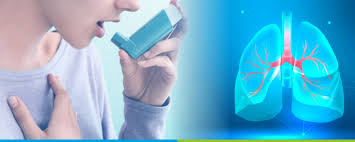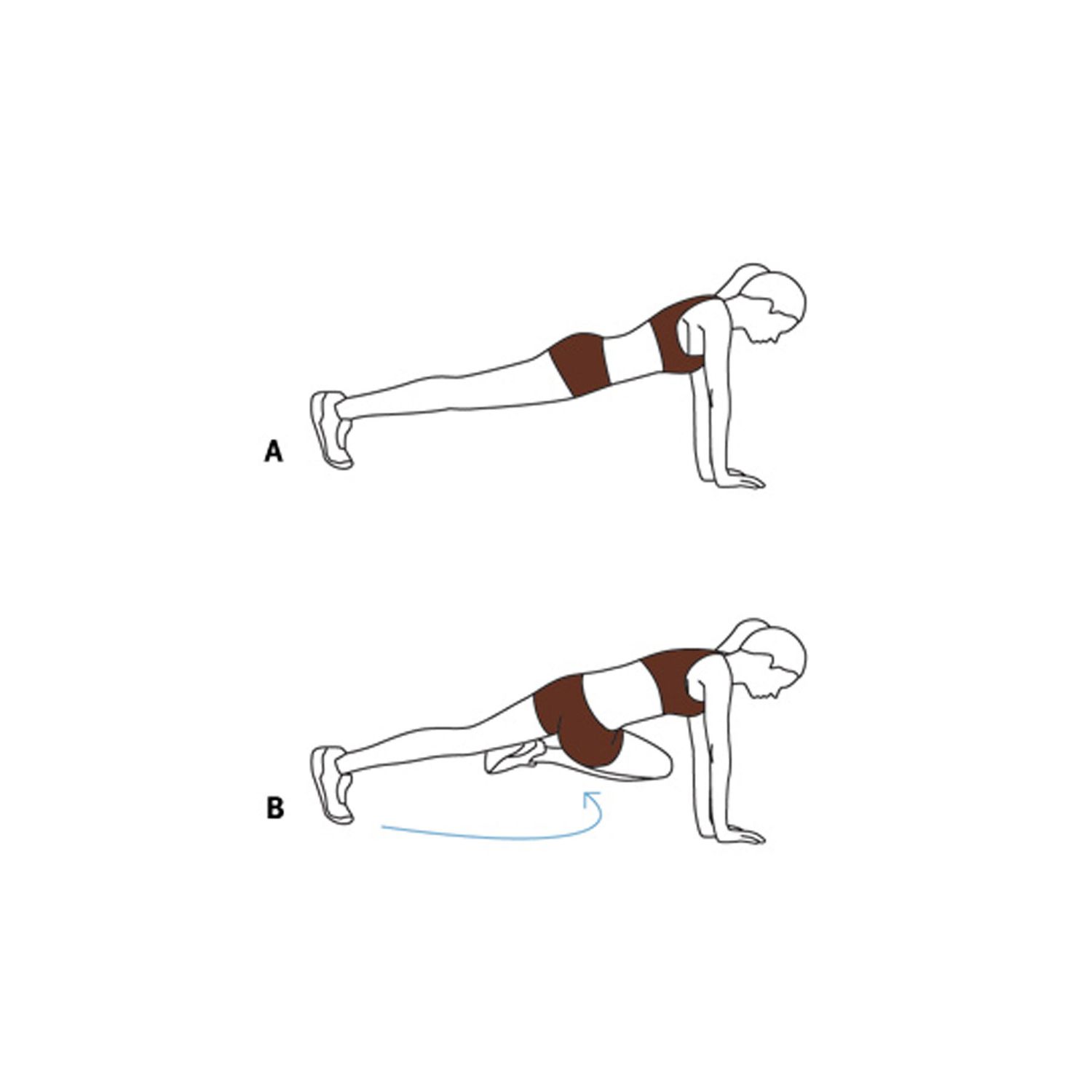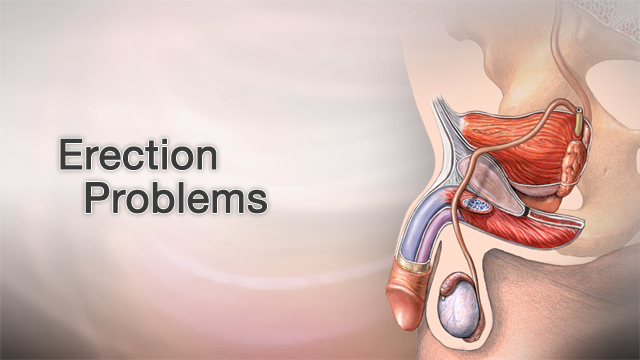Blog
How to Manage Stretch Marks Before and After Pregnancy
Before, during, and after pregnancy, stretch marks are a common skin concern for many women. They happen when the skin stretc...
The Surprising Benefits of Exercise on Brain Function
In our fast-paced lives, physical fitness often takes center stage, but did you know that exercise is also a powerhouse for b...
Enhancing Lactation and Nipple Care for Breastfeeding Mothers
Breastfeeding is a beautiful and natural process, but it can come with its own set of challenges, especially for new mothers....
How Asthma is Diagnosed and the Best Inhaler for Pregnancy
Asthma is a common chronic condition that affects many people around the world, including during pregnancy. Understanding how...
Clean Beauty 101: Why You Should Switch to Non-Toxic Makeup and Skincare Products
In a world filled with countless beauty products promising radiant skin and flawless makeup, it's easy to get overwhelmed by ...
Home Exercises You Can Do with No Equipment
Staying fit and healthy doesn't necessarily require a gym membership or fancy equipment. In fact, there are numerous effectiv...
The Art of Mindfulness: How to Live in the Moment and Reduce Stress
In our fast-paced world, it can be incredibly challenging to slow down and truly live in the moment. Our minds are often preo...
Quiet Your Inner Critic: Effective Strategies for Managing Anxiety and Finding Calm
We all have that little voice in our heads that sometimes whispers doubts and fears. This inner critic can be particularly lo...
Let’s Talk About Treatment of Erectile Dysfunction
Erectile dysfunction (ED) is a common issue that many men face, yet it's often surrounded by stigma and silence. Let's break ...
Managing Chronic Pain: Effective Tips and Techniques for Relief
Introduction
Living with chronic pain is tough, no doubt about it. Whether it's arthritis, fibromyalgia, or any other long-l...










